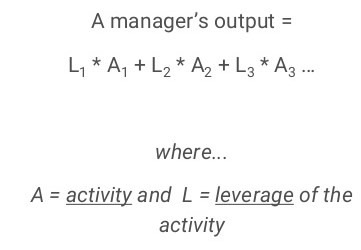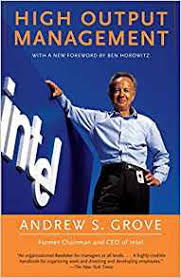High Output Management
Featured
HIGH OUTPUT MANAGEMENT
Reviewed by Mr. Anirudh Gupta, Member
Non-Fiction
Publisher: Vintage
Price: Rs. 490
This book is a treatise on Management and if there is only space for one book in your book shelf, this is it. Key principles highlighted in the book can translate to better business results over a period of time.
1. Belief in Human potential
Without a strong belief in human potential, one cannot be an effective manager. One needs to connect at a one to one level with people working for the enterprise whether it is self owned or otherwise. This is more important as most of us tend to see the flaws more than the positives.
2. Defining a unit level output
It is important to define the 5-10 variables which are critical from a unit level point of view. If there is a gap on account of any reason it needs to be evaluated and fixed.

3. Managerial leverage
A Manager’s leverage = Output produced by organization under his influence + organizations where he has influence. The latter is more important from a policy formulation and creation point of view. For eg: Being a part of a chamber of commerce can help to raise relevant issues pertaining to policy & taxation.
4. Performance appraisal
Many a times a performance appraisal is only a check box exercise. What needs to happen is a feedback on areas of improvement. This is the crux of managing people regardless of the situation. However cultural nuances need to be kept in mind. In India it is good to start with the positives and then come to areas of improvement.
5. Decision making
A few things are critical. What is to be done? When is it to be done?
How is it to be done? Who will do it? What is the approval matrix?
These questions help to lay the foundation of a strong organization.
6. Training is the bosses’ job
Training is the boss’s job. If the staff is not well trained then the client experience will be poor and repeat business a mirage in the realm of reality. It does not imply training by an external facilitator, but by self basis the industry dynamics and organizational goals in question.

It sets the tone for the organization.
